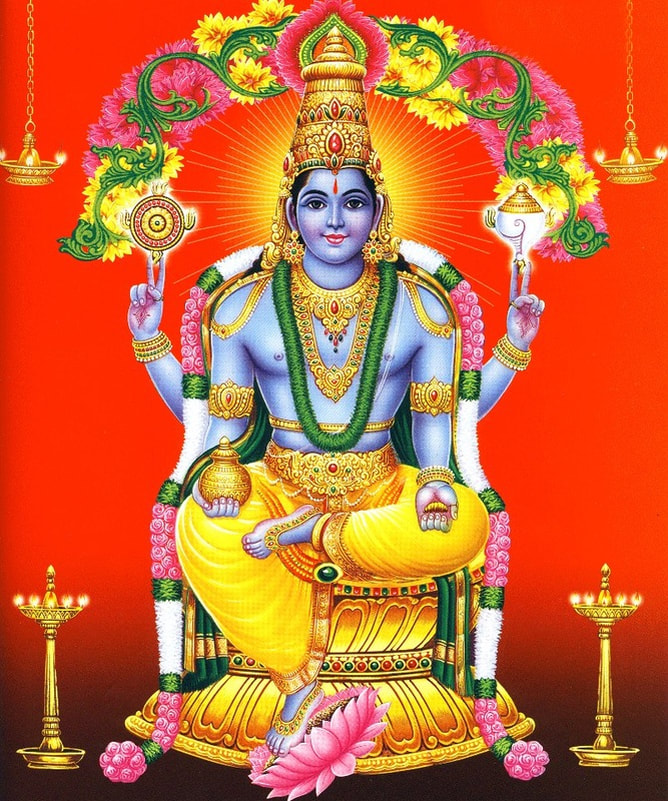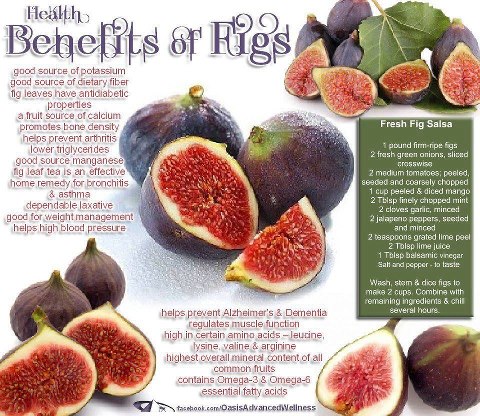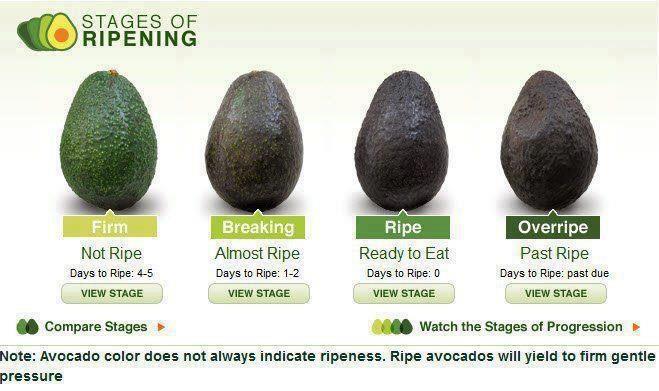 LORD DHANVANTARI. Is there a doctor in the house? Never mind, we will just flip our pages retrospect. In Hindu thoughts, Dhanvantari is the God of Medicine. He is the celestial healer and chief physician of the Gods and Devas. He is also the God of Ayurvedic Medicine. He is said to be the principle avatar of Lord Vishnu appearing in the Dwarpa Yuga. That should be about two billion years ago. As Vishnu’s avatar, he is known as Adi Dhanvantari. The Brahmavaivarta states that Dhanvantari was one of the 16 disciples of Bhaskara, the Sun-God under whom he is stated to have studied ayurveda. He first appears in the Samudra Mantan episode. He appeared again as the son of King Dirghatamas of Kasi in answer of the king’s tapas. His teachings are recorded in the Agni Purana 279-289 and also reflected through the teachings of his disciple Susrutha. DEPICTION: Lord Dhanvantari is often depicted as dark complexioned strong man with a broad chest carrying a jug containing the nectar of immortality and wearing yellow clothes. Art depictions and sculptures show him in royal blue to depict the Vishnu connection. He is four-armed form holding the Sudarsana Chakra and Conch or Shankh in the upper right and lefts hands. In the other two hands he carries a pot containing the nectar of immortality and herbs. Sometimes he is shown to be carrying medical notes. The pot reflects the Puranic story of Lord Dhanvantari emerging from the ocean with the milk pot of Amrit while the ocean was churned by Gods and Demons. Sudhapani refers to him to mean 'carrying nectar in his hands'. According to the Bhagavatam he is generously garlanded with flowers and his fully decorated with various ornaments. He wears a prominent crown. SAMUDRA MANTHAN: This records Dhanvantari’s first appearance. As narrated in Puranas, this event is symbolic of the spiritual endevour to achieve Self-realization through withdrawal and control of senses and desires and concentration of the mind. The story according to Srimad Bhagavatam relates first to Durvasa Munivar’s giving Lord Indra a garland blessed by Lord Vishnu. Indra in disregard, nonchalantly puts it on the trunk of his elephant. Thus he earns Durvasa’s curse. Indra together with all the demigods are bereft of divine strength. Bali, heading the asuras, take this opportunity to wage an attack and gain control of the universe. Indra and the devas rush to Lord Brahma who advises that the matter be brought up to Lord Vishnu. The Lord advises the churning of the ocean to extract the nectar of immortality. For this, they use Mandara mountain as the rod and Vasuki the serpent as the cord. Various herbs were cast into the pot and Vishnu supervised the event so that the amrit does not get into the hands of the asuras. The first produce the ‘halahala’ was a deadly poison that could harm everyone. Only Lord Siva could swallow it to save the situation. As he was swallowing, Goddess Parvathi pressed his neck, the poison staying there, earns Lord Siva the glory of being Neelakandan, the blue-necked one. During the churning, Sri Lakshmi, the Goddess of Wealth; Kamadhenu, wish fulfilling cow; Uchaisrava, the celestial white horse; Arivata, Vishnu’s white elephant and Kaustubhamani, the rare diamond were all reunited with Lord Vishnu. It was at this point Lord Dhanvantari first appeared. As Vishnu incarnate, he held the divine weapons of Vishnu, the conch, leeches, healing herbs and the chakra and sought the Sudha Panu which was the pot carrying the amrit. Legend has it that the Amrita pot was snatched away by the asuras. Lord Vishnu took the form of Mohini to take it back from the demons. They were fascinated by Mohini’s voluptuousness only to lose their senses. Given their frailty, the amrit was recovered. Upon drinking the Gods and devas were invigorated with energy. In the ensuing war the demons were defeated and Lord Vishnu returns to the heavens with Lakshmi. Lord Vishnu foretells that Lord Dhanvantari would reappear to teach the science of ayurveda to the human race. AYURVEDA: According to the Puranas, Ayurveda is a creation by Lord Brahma who passed it to Prajapati who in turn instructed Aswini Kumari, They were celestial twin physicians. From them the ayurvedic knowledge was passed to Indra and other celestial gods and devas. According to the Samhita, ayurvedic knowledge is eternal and revealed in the cycles of creation. This was passed by Lord Vishnu who manifested himself as Lord Dhanvantari to cater human needs. Regretfully what is available now and projected as ayurveda is only a small fraction of the original divine science. From the ayurvedic point of view all plants, trees, roots and flowers have medicinal value. It is believed that this medicinal value in nature was brought to world by Lord Dhanvantari, the divine medicine man. Dhanvantari is said to be the world’s first surgeon and the source of ayurveda. Susrutha, the Father of Ayurvedic Surgery was his disciple. Susrutha’s compilation of Dhanvantari’s works observe: "An intelligent physician who has tried his prentice hand in surgery (on such articles of experiment as gourds, etc.) or has learnt the art with the help of things as stated above or has been instructed in the art of cauterisation or blistering (application of alkali) by experimenting on things which are most akin or similar to the parts or members of the human body they are usually applied to, will never lose his presence of mind in his professional practice." Herbal medicine was perfected by Dhanvantari. He found antiseptic properties in turmeric. He also found the properties in salt and its curing features. Divisions of ayurveda are also attributed to Dhanvantara. These are (i) Kayacikitsa (Internal Medicine), (ii) Kaumarabhrtya or Balacikitsa (Paediatrics), (iii) Bhutavidya or Grahacikitsa (Psychiatry), (iv) Salakyatantra (Otto-Rhino-Laryngology & Opthalmology), (v) Salyatantra (Surgery), (vi) Visatantra (Toxicology), (vii) Rasayanatantra (Geriatrics) and (viii) Vajikaranatantra (The therapy for male sterility, impotency and the promotion of virility). NINE JEWELS: There is also mention of a Dhanvantari from the court of Samrat Vikramaditya where he was one of the Nine Jewels that adorned the court. This personality is said to be the author of ‘Dhanvantarinighantu’- a lexicon on drugs. In his ‘Agnivesasamhita’ he traces the development of the human embryo where he describes even the microscopic appearance of the fertilized ovum. This implies that he must have been in possession of some sort of optical instrument long before modern science. KASIRAJA DIVODASA: This is his second appearance. Dhanvantari was born to King Dirghatamas of Kashi as returns for severe austerities and offerings to Vishnu. He takes the name of Kasiraja Divodasa. He ascends the throne and performs severe austerities himself. The Agni Purana records his ayurvedic teachings to the rishi disciples. Dhanvantari’s notable disciples are Susruta, Pauskalavata, Aurabha and Vaitarana. Sage Susruta would later tell the world that ayurveda originally formed one of the sub-sections of Atharveda. It was during Kasiraja Divodasa’s time that medical science adopted a well-developed ‘Pramana’ or scientific methodology comprising ‘Pratyaksa’ or observation; and ‘Anumana and Upamana’ meaning inductive, deductive and analogical reasoning. This is in addition to the ‘Aptopadesa’ or authoritative knowledge. Dhanvantari ruling in Kasiraja’s name adopted the Samkhya system of natural philosophy as the main basis of the Ayurvedic concept of man, his body, senses, mind and soul, comprehended in the term ‘sarira.’ Thus he accords the body-mind-soul concept a scientific medical base. However, he accepted the ‘logical methods and concepts of the Nyaya system of natural philosophy as a matter of course. The Nyaya concepts refer to: dravya - substance, guna - attribute, karma – action or motion, samanya - generality, visesa – particularity, samavaya – inherence, paka – reaction or transformation, samyoga – combination or synthesis and vibhaga – separation or analysis. It may be noted that the Nyaya methodology and concepts were taught earlier by the sage Bharadvaja and Bhagavan Punarvasu Atreya. They discoursed on them as well as on the principles of the Samkhya system. Kasiraja Divodasa Dhanvantari, on the other hand, did not expatiate on them. He confined himself to the teaching of the Samkhya system”. Two interrelated branches of theory and practice of medicine developed under Lord Dhanvantari are: (a) preservative, promotive and preventive medicine, and (b) curative medicine. The two main branches of surgery, (i) Salyatantra and (ii) Salakyatantra are also attributed to Kasiraja Divodasa Dhanvantari. STATUTES AND TEMPLES: Apparently two known statutes of Dhanvantari are kept in a museum in Varanasi and the other in the Central Council for Research in Ayurveda and Siddha in New Delhi. There is a Dhanvantari Temple in the courtyard of Sri Ranganathaswami Temple in Srirangam. Here, the prasada or teertha is a decoction of herbs! There is also a famous Dhanvantari temple in the heart of Coimbatore. There are several smaller temples. Otherwise his deity forms part of the pantheon. In Kerala, well known for ayurvedic practice, several temples are dedicated to Dhanvantari. Kerala is also the pride of ‘Ashta Vaidya’ ayurvedic centres of repute which has come down as family tradition. Dhanvanthari temples in Kerala are: Sree Dhanvanthari temple, Maruthorvattom, Chertala, Sree Dhanwanthari Temple Prayikkara, Mavelikkara, Sree Dhanwanthari Temple Nelluvaya,Thrissur, Sree Dhanwanthari Temple Thottuva,Kalady, Sree Dhanwanthari Temple Wadakkanchery, Thrissur, Sree Dhanwanthari Temple Chirakkal, Valapattanam. Of these, the Dhanvantari Temple in Kannur is said to attract visitors from afar. DHANVANTARI JAYANTI is celebrated in Trayodashi which is one day before the dark moon night, the 14th day of Kartik month. On this day Hindus seek his blessings for sound health and for illness to be kept away. Lord Dhanvantari is worshipped on ‘Dhanteras - an event two days before Deepavali, the Hindu festival of lights. Ayurvedi Practioners and different Hindu communities observe this day in reverence to him as the healer of Jiva souls. YANTRAS AND MODERN DHANVANTARIS: Not every doctor or healer is a Dhanvantari avatar and one shall exercise caution when ‘purchasing’ so called 2 billion year old samudra mantan amrit now supplied in bottles. Dhanvantari carried just a small pot of the elixir and that was all consumed by the Gods and Devas. There seems to be no Puranic records of any balance to be surrendered to 21st century humans. Of course it is one’s constitutional right to belief and disbelief anything. Yantras inherently are also divine but one hopefully wears his or her discretion hat before putting faith in miracles and empty promises. Brahma Satyam is knowledge and the discretion that goes with wisdom. It is best that one seeks genuine ayurvedic masters, or for that matter modern medicine. Above all do have faith in God and God alone. MANTRA: "Om Namo Bhagavate Maha Sudharshana Vasudevaya Dhanvantaraye; Amrutha Kalasa Hasthaaya Sarva Bhaya Vinasaya Sarva Roka Nivaranaya Thri Lokya Pathaye Thri Lokya Nithaye Sri Maha Vishnu Swarupa Sri Dhanvantri Swarupa Sri Sri Sri Aoushata Chakra Narayana Swaha" Meaning: We pray to the God, who is known as Sudarshana Vasudev Dhanvantari who holds the pot full of the nectar of immortality. Lord Dhanvantri removes all fears and removes all diseases and is the well wisher and the preserver of the three worlds like Lord Vishnu who is empowered to heal the Jiva souls. We bow to you. GAYATRI: Om tat purushaaya vidmahae Amritha kalasa hastaaya dheemahi Tanno Dhanvantri prasodayaat Om Namo Bhagavate Vaasudevaya. by Yogi Ananda Saraswathi |
A Health and Healing resource guide by:
|
| Goddess Vidya |
|









 RSS Feed
RSS Feed

